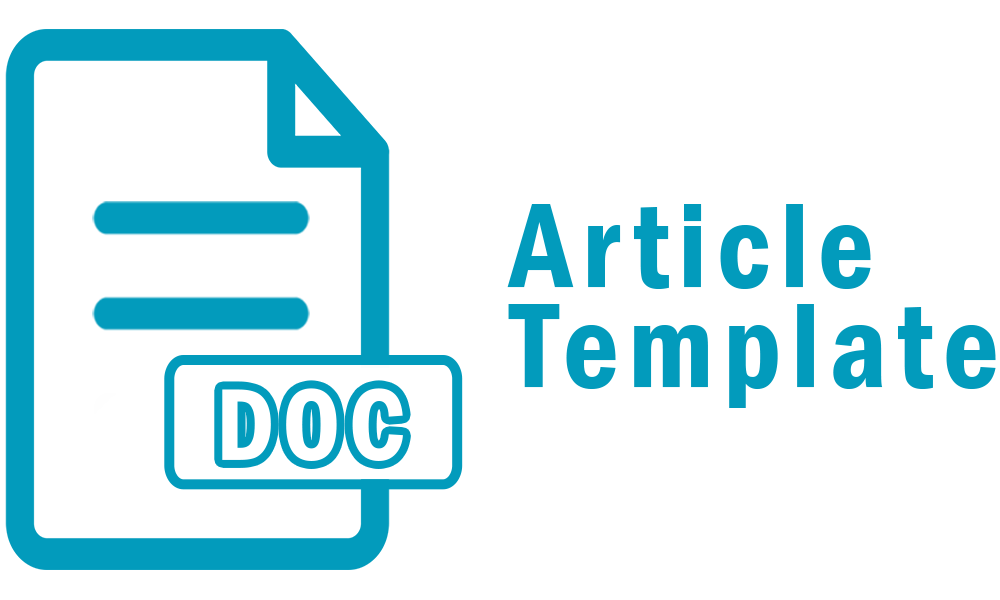AUTHOR GUIDELINES
Here are author guidelines for Jurnal Pengabdian Kepada Masyarakat (PEKAMAS):
- The manuscript can be written using Bahasa Indonesia or English. The author must write an article in accordance with journal format, as in the template of this journal [link].
- The article contains the background and purpose of research, related studies, methods to solve the problem, results and discussion, conclusions, and reference list.
- The submitted article must be written with a maximum of 10 pages. You can send it by Jurnal Pengabdian Kepada Masyarakat (PEKAMAS) address at the following link https://ojs2.polimedia.ac.id/index.php/JPK. The author must login first to send his an article. The submission guide can be downloaded on the following pages.
- The format should follow the manuscript template that contains:
- TITLE: The title of the article should contain as few words as feasible while still accurately summarizing its substance with maximum 12 words (Times New Roman, Center, Bold, 14pt)
- AUTHORS: The author's names should be accompanied by the author's institutions, institutions address, and email addresses, without any academic titles and job titles.
- ABSTRACT: It must be able to stand alone since abstracts are frequently given apart from articles. A well-written abstract allows the reader to identify the main points of a document, assess its relevance to their interests, and decide whether to study the text in its full quickly and properly. The abstract should clearly identify the aim, the suggested method or solution, and highlight the most important findings and conclusions. It should be informative and entirely self-explanatory. The Abstract should be between 100 and 160 words. Avoid using references, but if you must, list the author(s) and the year (s). Standard nomenclature should be used, and non-standard or uncommon abbreviations should be avoided, but if essential they must be defined at their first mention in the abstract itself. No literature should be cited.
- KEYWORDS: The keyword list provides the opportunity to add 5 to 7 keywords, used by the indexing and abstracting services, in addition to those already present in the title.
- INTRODUCTION: The introduction should include at least 3 paragraphs containing: (1) Paragraph I contain the background/problems/facts that support the research/study; (2) Paragraph II contains the state of the art/related works which contains at least 5 related previous studies; (3) Paragraph III contains the research position/gap/differentiation and defines the purpose of the research/study.
- METHOD: The method explain the research chronological, including research design, research procedure (in the form of algorithms, pseudocode or other). Then, describe the case study and data sources (data collections) used and how to test or acquire data.
- RESULT AND DISCUSSION: Result and discussion section explain the complete results of research and at the same time is given the comprehensive discussion. Results can be presented in figures, graphs, tables and others that make the reader understand easily. Please, write this section systematically according to the method used and in the discussion there must be references cited as a comparison/analysis of the linkages of the findings with previous research.
- CONCLUSION: Conclusion provide a statement that what is expected, as stated in the "Introduction" chapter can ultimately result in "Results and Discussion" chapter, so there is compatibility. Do not repeat the abstract. Conclusion should contains results and discussion (findings), contributions, implications, can also explain the "lack of study" of the research. Then, there should be suggestions for further research.
- ACKNOWLEDGEMENT: Authors may give acknowledgement to whom support the fund of the community services activities.
- REFERENCES: References should: (1) Minimum 20 references; (ii) 80% are sourced from reputable journal articles (clear sources and DOI) up to date, maximum in the last 5 years; (iii) 20% comes from sources other than journal articles (books, news portals, etc.); and (iv) Using the Mendeley reference manager.
- The table should be numbered, for example, Table 1. Category. The description of the table (number and title of the table) must be placed in above of the table.
- Images should be numbered, for example, Figure 1. Context Diagram. The description of the image (the number and the title of the image) must be placed in below of the image.
- Mathematical formulas must be written clearly, number and information must be described in the formula.
- Citation and reference writing are written using IEEE Style with numbering. The numbering refers to the list of references used. The references are written by using numbers with square brackets, for example: [1] First reference.
Submission Preparation Checklist
As part of the submission process, authors are required to check off their submission's compliance with all of the following items, and submissions may be returned to authors that do not adhere to these guidelines.
- The manuscript is my scientific work.
- The manuscript has no plagiarism matter.
- The manuscript has never been previously published in any other scientific publication and not being under reviewing process of any other scientific publication.
- The submitted manuscript has been written using Microsoft Word (.doc/.docx) with the following PEKAMAS manuscript template.
- The submitted manuscript does not exceed 10 pages A4 including figures and tables, without any appendixes.
- Abstract already brief and not exceed 160 words in English.
- Keywords are written in Bahasa Indonesia and English, between three to five phrase.
- References are written according to the writing style of Jurnal Pengabdian Kepada Masyarakat (PEKAMAS).









